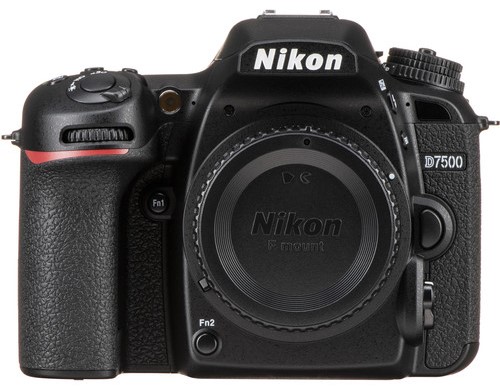In a world that seems obsessed with mirrorless cameras, the Nikon D7500 quietly proves that DSLRs still have a place. Whether you’re an enthusiast or a seasoned photographer, the D7500 offers performance and reliability that continues to impress, even in 2025.
This camera sits in the sweet spot between amateur and pro. It’s packed with advanced features, yet it’s accessible to those who want to grow their skills. Fast autofocus, rugged design, excellent image quality—the Nikon D7500 has it all, and it doesn’t cost a fortune.
So, is this the right camera for you? If you’re looking for a dependable workhorse with modern features and classic DSLR handling, keep reading. This Nikon D7500 review covers everything you need to know!
Table of Contents
- Design and Build Quality
- Key Features and Specs
- Image Quality and Performance
- Autofocus and Shooting Speed
- Video Capabilities
- Low-Light Performance
- Battery Life and Connectivity
- Nikon D7500 vs. Mirrorless Alternatives
- Who Should Buy the Nikon D7500?
- Final Thoughts
- FAQ
Design and Build Quality
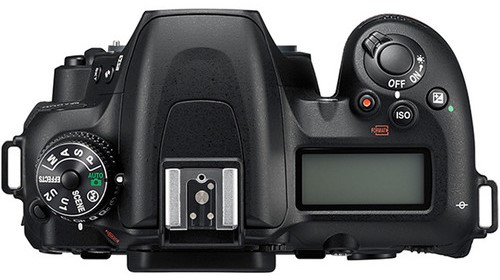
The Nikon D7500 has a rugged, comfortable design that balances durability with portability. The deep grip feels secure in your hand, making it a joy to carry during long shoots. This is a camera that’s built for real-world use, not just sitting pretty on a shelf.
It features a weather-sealed body, which gives you confidence when shooting in light rain or dusty conditions. The body is made from a strong carbon-fiber composite that keeps it lightweight yet tough.
A nice feature is the 3.2-inch 9.22K-dot tilting touchscreen. It’s sharp, bright, and responsive—great for composing shots from creative angles. The touchscreen controls are handy, though many will appreciate the traditional buttons and dials that make quick adjustments feel intuitive and tactile.
Some users may be disappointed by the single SD card slot. While this won’t matter to everyone, professionals often prefer dual card slots for backup and overflow. Still, for most users, the single slot is perfectly adequate.
Key Features and Specs
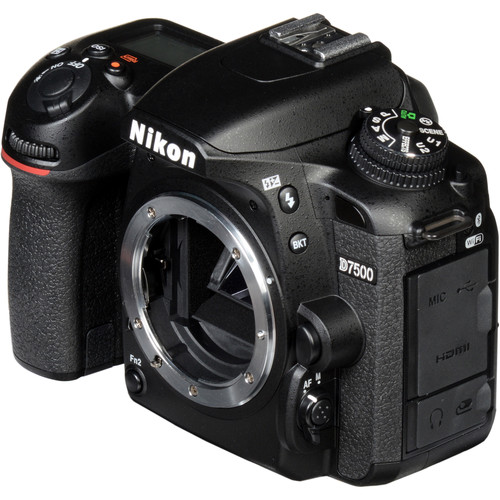
At the heart of the Nikon D7500 is a 20.9-megapixel APS-C CMOS sensor without an optical low-pass filter. This means you get sharper images, especially when shooting fine details like landscapes or architecture.
The camera is powered by Nikon’s EXPEED 5 image processor, the same chip used in the higher-end D500. This processor helps deliver fast performance, great color rendering, and impressive noise control.
The ISO range spans from 100 to 51,200 and can be extended up to 1,640,000. While the highest settings are more for extreme situations, it’s good to know you have that flexibility.
Other notable specs include 8 frames per second continuous shooting, 4K video recording, and built-in Bluetooth and Wi-Fi via SnapBridge. These features make the Nikon D7500 versatile enough for a wide range of uses—from action to travel photography.
Image Quality and Performance
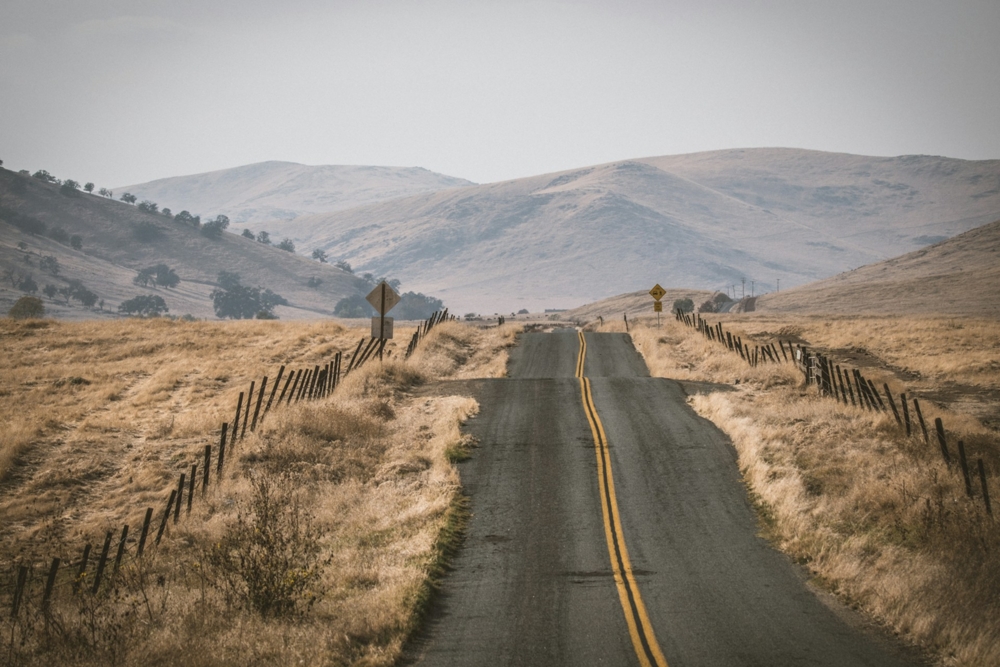
Photo by troy williams on Unsplash (license)
The Nikon D7500 delivers rich, detailed images that punch well above its price point. Colors are vibrant without looking over-processed, and skin tones remain natural and flattering. JPEGs come out of the camera looking great, but shooting in RAW gives you even more control in post-processing.
Dynamic range is a real strength. You can recover a surprising amount of detail from both shadows and highlights, making it easier to save shots that were slightly under- or overexposed. This is especially helpful for landscape and outdoor photographers.
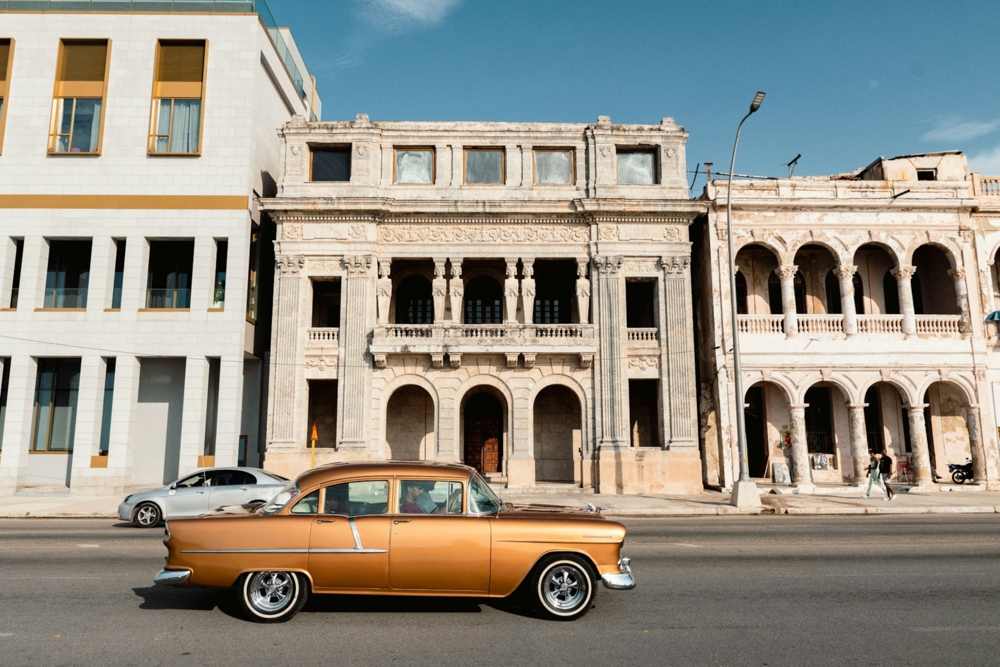
Photo by Manuel González Asturias, SJ on Unsplash (license)
Low ISO images are clean and razor-sharp. The absence of an anti-aliasing filter means you get crisper detail than you would with similar cameras. While it’s not a full-frame sensor, the D7500 gets impressively close in terms of image quality.
In practice, whether you’re shooting nature, people, or city scenes, the Nikon D7500 consistently produces high-quality results you can rely on.
Autofocus and Shooting Speed
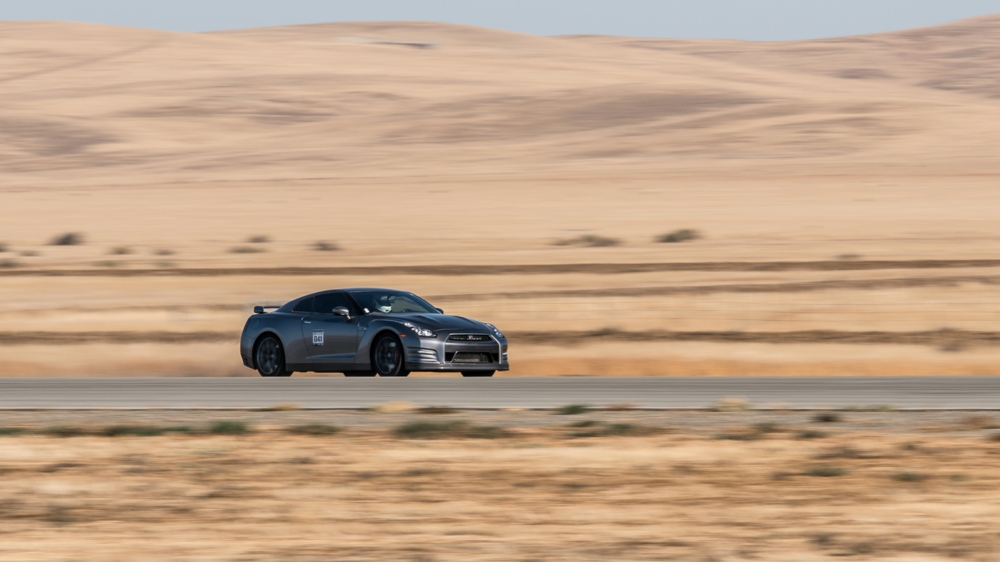
Photo by troy williams on Unsplash (license)
The Nikon D7500 features a 51-point autofocus system with 15 cross-type sensors. It’s fast, accurate, and does a great job tracking moving subjects. Whether you’re photographing your dog running at the park or a football game, the AF system rarely lets you down.
The Group-Area AF mode is particularly useful when you want to focus on a moving subject while ignoring the background. It’s also helpful in lower-contrast scenes, where other systems might struggle.
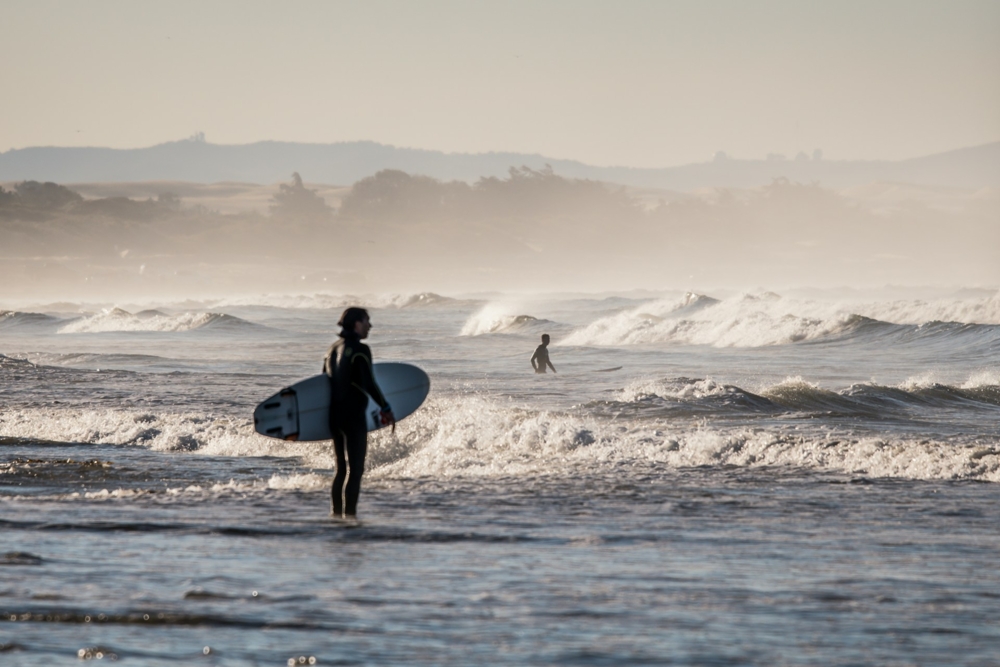
Photo by troy williams on Unsplash (license)
The 8 frames per second continuous shooting rate is excellent for action and sports photography. In a real-world scenario, it means you’re more likely to capture the exact moment you want, whether it’s a bird in flight or a skateboard trick.
Compared to mirrorless cameras, it may not have the same level of AI-based subject detection, but for many photographers, the D7500’s autofocus system is still more than enough.
Video Capabilities
As Pixelfriedhof Tutorials explains in the video above, the Nikon D7500 shoots 4K UHD video at 30 frames per second. While this is great for many users, there is a 1.5x crop factor when shooting in 4K. That means your field of view gets tighter, which is something to consider if you’re filming in small spaces.
Full HD video recording goes up to 60 fps without a crop, making it a better option for most vloggers or casual filmmakers. The camera also includes a flat picture profile, which gives you more flexibility for color grading in post.
Audio is handled with a built-in microphone, and there’s a mic input for better sound quality. However, the lack of a headphone jack is a downside if you’re serious about monitoring audio levels while filming.
In short, the Nikon D7500 is capable for video, but it’s definitely more of a photography-first camera.
Low-Light Performance
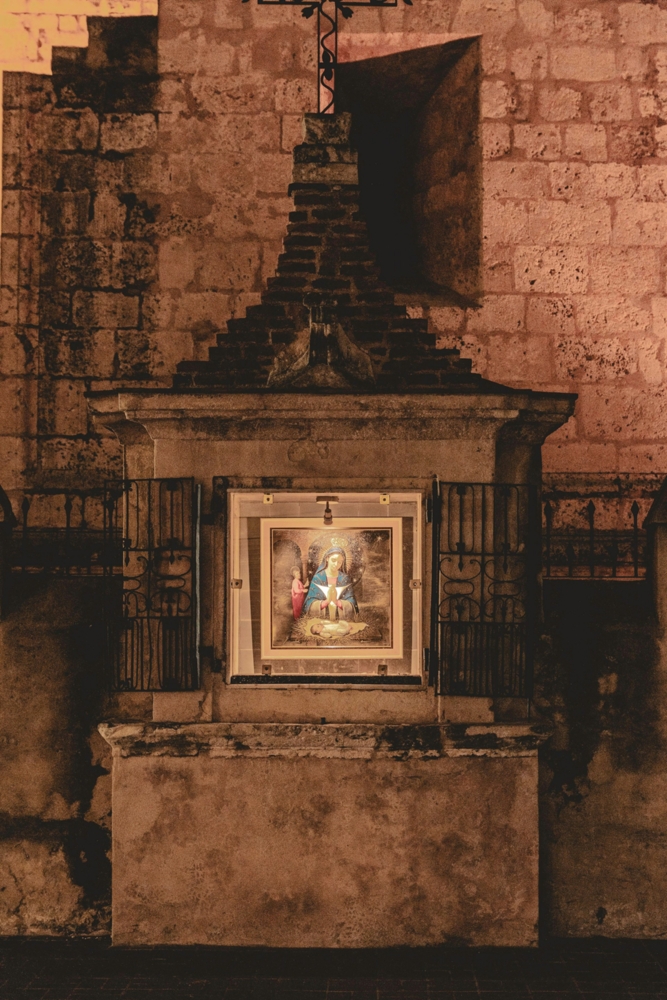
Photo by Manuel González Asturias, SJ on Unsplash (license)
The Nikon D7500 handles low light with confidence. You can shoot at ISO 3200 or even 6400 with little noise, especially if you’re exporting to social media or working with smaller print sizes.
Autofocus remains usable in low-light situations, which is crucial for event or indoor shooting. The optical viewfinder also helps—it doesn’t lag or blackout like some mirrorless systems when the lights go down.
Push the ISO even higher and you’ll start to see more grain, but the results are still respectable. And when you do need to clean things up, the files respond well to noise reduction in post-processing.
From nighttime street scenes to dimly lit venues, the Nikon D7500 is more than capable of getting the shot.
Battery Life and Connectivity

Battery life is one of the Nikon D7500’s best qualities. It’s rated for around 950 shots per charge, but many users report getting over 1,000 shots, especially when using the optical viewfinder instead of Live View.
That kind of longevity means you can shoot all day without constantly checking the battery level. It’s a big deal for travel photographers, event shooters, and anyone who doesn’t want to carry a bunch of spares.
Connectivity is handled through Wi-Fi and Bluetooth using Nikon’s SnapBridge system. It allows for automatic image transfers to your phone and some remote control features. While it’s not perfect, it gets the job done once you get the hang of it.
Nikon D7500 vs. Mirrorless Alternatives

How does the Nikon D7500 compare to popular mirrorless cameras like the Nikon Z50 or Sony a6400 (shown above)? The short answer: it holds its own surprisingly well.
Mirrorless cameras are generally smaller and have more advanced autofocus features. But the D7500 counters with better battery life, an optical viewfinder, and robust weather sealing. It also tends to feel more balanced when using larger lenses.
If you already own F-mount lenses, the D7500 makes even more sense. You get full compatibility without needing an adapter, and the autofocus performance is native and snappy.
For photographers who still enjoy the DSLR experience, the Nikon D7500 continues to be a smart choice.
Who Should Buy the Nikon D7500?
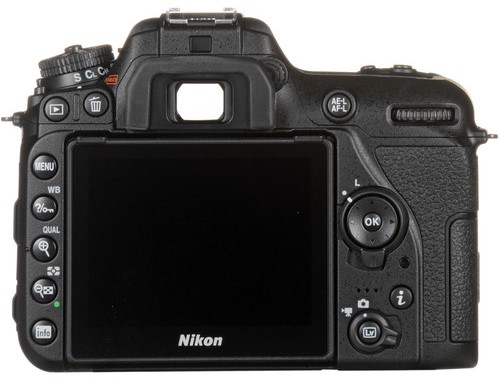
If you’re an enthusiast looking to upgrade from an entry-level DSLR like the D3500 or D5600, the Nikon D7500 is a natural next step. It offers more power, faster performance, and advanced controls without being overwhelming.
It’s also ideal for action, sports, and wildlife photographers on a budget. The fast burst rate and reliable AF system make it well-suited for fast-moving subjects.
However, it’s not the best pick for those focused mainly on video. And if you need dual card slots for redundancy, you’ll want to look elsewhere.
For everyone else, the Nikon D7500 is a dependable, well-rounded camera that continues to impress.
Buying a used Nikon D7500 is one of the smartest ways to get pro-level performance at a fraction of the cost. This camera is known for its durability, excellent image quality, and reliable autofocus system—features that continue to hold up even years after its release.
When you buy used, you’re often paying hundreds less than retail for the exact same performance. It’s an ideal choice for photographers who want to upgrade their gear without draining their savings.

The key is buying from a trusted source, and that’s where platforms like MPB come in. MPB carefully inspects, tests, and grades every camera before it’s listed, so you know exactly what you’re getting. Each purchase comes with a six-month warranty and the peace of mind that you’re not taking a gamble.
Whether you’re stepping up from an entry-level DSLR or adding a second body to your kit, a used Nikon D7500 from MPB offers excellent value and dependability you can trust!
Final Thoughts
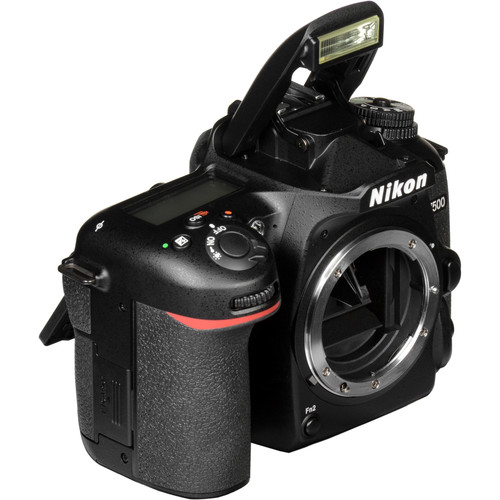
The Nikon D7500 may not be the newest kid on the block, but it still punches well above its weight. With great image quality, solid video features, excellent handling, and superb battery life, it’s a camera that meets the needs of serious photographers.
It’s proof that DSLRs aren’t dead—they’re just refined. If you value performance and don’t mind a little extra bulk, the Nikon D7500 is one of the best APS-C DSLRs you can buy today.
In 2025, the Nikon D7500 remains a compelling option for photographers who want quality without compromise.
FAQ

Is the Nikon D7500 good for beginners?
It’s better suited for intermediate users, but a beginner who wants to grow into their camera will appreciate its features.
Can I use my old Nikon lenses with the D7500?
Yes, it supports Nikon F-mount lenses, especially AF-S and newer AF-P lenses for full autofocus compatibility.
Does the Nikon D7500 shoot in 4K?
Yes, it records 4K UHD at 30 fps, though with a 1.5x crop factor.
Is the Nikon D7500 discontinued?
As of 2025, it’s still available new or used, though production may slow as Nikon focuses more on mirrorless models.
How does the Nikon D7500 compare to the D500?
The D500 is more rugged with a better AF system and dual card slots, but the D7500 shares the same image processor and offers similar image quality at a lower price.
Heads up: Clicking on our affiliate links and exploring our sponsored content helps us at no extra cost to you, and we only recommend gear we’re absolutely crazy about!

